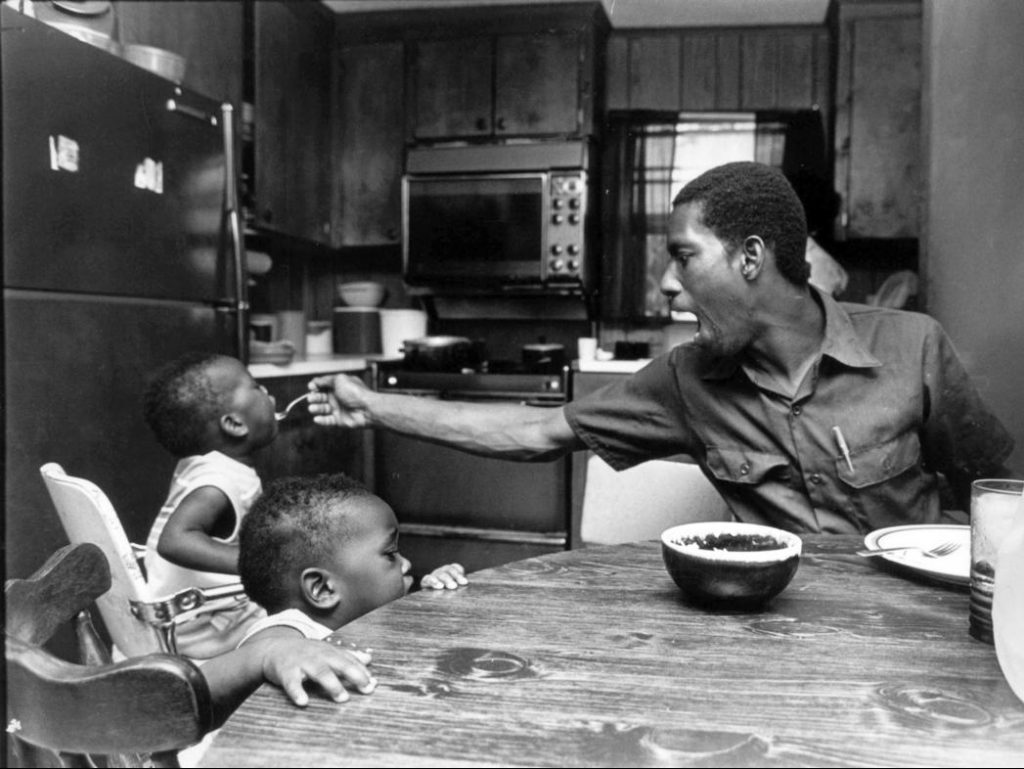The IRS announced earlier today that it would begin making advanced refundable monthly child tax credit (CTC) payments on July 15 of this year. In the IRS release, the agency says that 88 percent of children will receive the payments. According to the last CPS ASEC, around 2 percent of children are too rich to be eligible for the CTC. Thus this 88 percent number indicates that about 10 percent of eligible children will not receive CTC payments.
Paul Elliott Williams and I warned of this outcome earlier this year. According to the CPS ASEC, around 7.5 percent of children live in non-filing tax units. For children living in poverty, the number is 36.3 percent and, for children living in deep poverty, it is 55.2 percent.
This 7.5 percent figure is lower than the 10 percent figure suggested by the IRS release. This is likely because the CPS ASEC understates the amount of non-filing that occurs and because the IRS has not enrolled the children born earlier this year.
The IRS has no way of reaching kids in non-filing tax units and no one has produced a plausible story of how they will do so. Filing taxes is complicated and the poorest of the poor cannot afford to pay a third-party preparer to do it for them. Even people who have the ability to file taxes may not be aware of the program or may be confused by the idea of “filing taxes” when they have no income to report.
In March of last year, the IRS embarked upon a similar cash disbursal program called Economic Impact Payments (EIPs). Eight months later, only 5.4 million non-filers had successfully signed up to receive an EIP. The IRS identified around 9 million non-filers who did not sign up to receive it and an unknown number of non-identifiable non-filers also did not sign up to receive it. This suggests that roughly 2 in 3 non-filers who were eligible for the EIPs failed to get through the administrative hoops.
Insofar as the non-filers who did get through the EIP sign-up process are now enrolled in a way that should allow them to receive the new CTC, we should expect that the non-filers who are still not on the IRS rolls will be even less likely to sign up for the new CTC by filing a special tax return on the IRS website.
The IRS has also indicated that it will only pay out half of the advanced CTC benefits this year, leaving the remaining half to be claimed at tax time in early 2022. There was for some time a bit of confusion about this, but now it is cleared up. Families will not, in this year, receive $3,600 for every child below the age of 6 and $3,000 for every child above the age of 5. Instead, they will receive $1,800 and $1,500 respectively. Another $1,800 and $1,500 will then be available as a lump sum in 2022.
Taken together, these two details indicate that the anti-poverty estimates touted for this program are vastly overstated. Various number-crunchers put out figures suggesting that this program would cut child poverty in half in 2021. But these estimates assumed the full amount would go out in 2021 and assumed that non-filers would receive the money. Instead, only half the money will go out in 2021 and non-filers, who make up around 10 percent of children and who are overwhelmingly poor, will not be getting it. We’ll be lucky if the real poverty-reduction number is even half of what has been projected.

